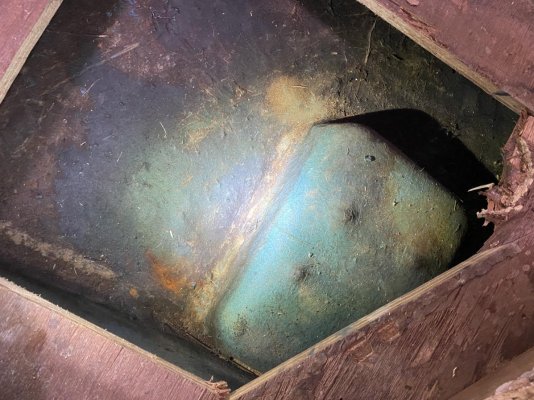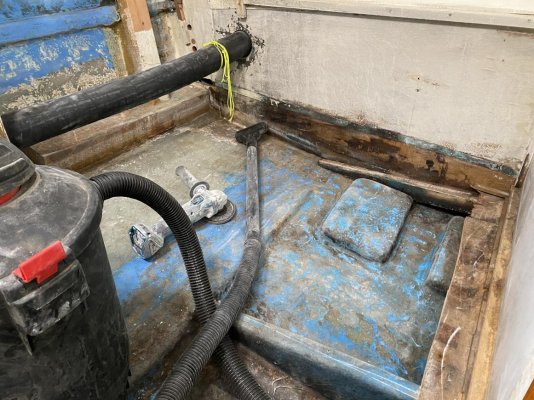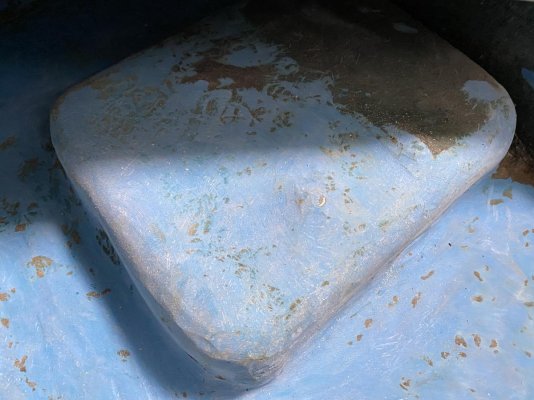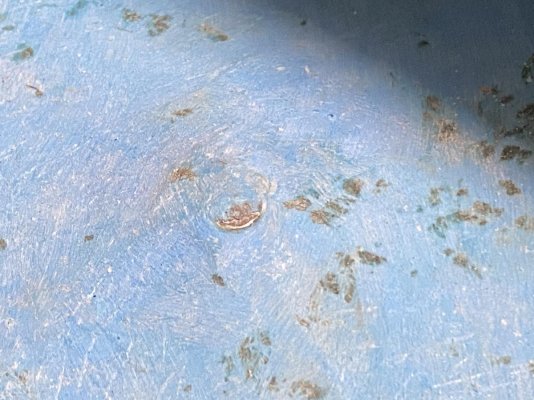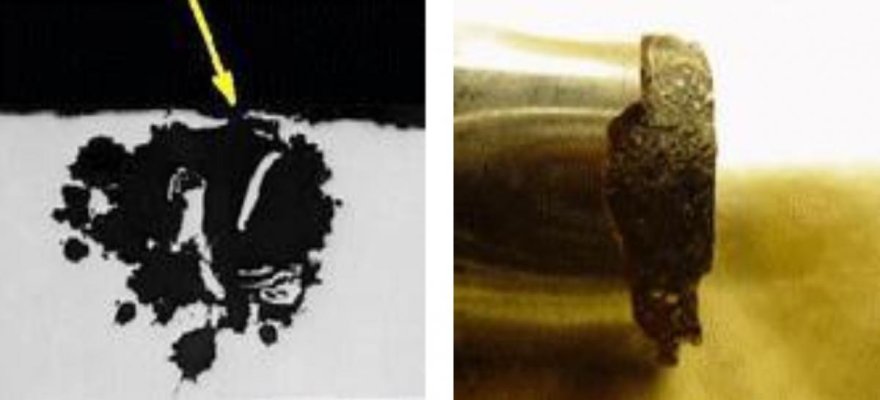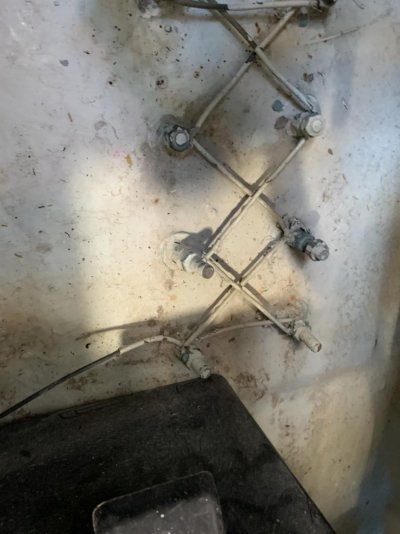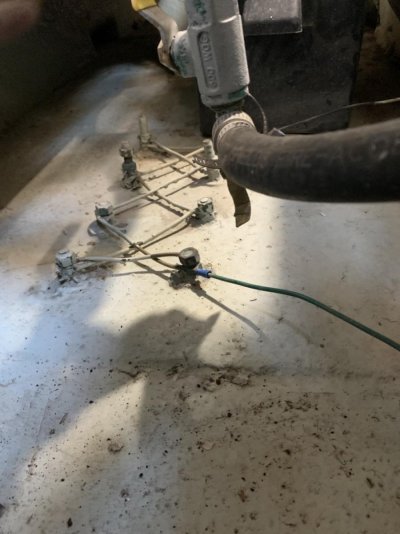albinalaska
Veteran Member
- Joined
- Jun 6, 2020
- Messages
- 94
- Location
- USA
- Vessel Name
- Sea Gypsy
- Vessel Make
- 1979 Albin Trawler 36'
Good Day!
We are in the middle of a refit of the aft head on our Trawler and have come across these strut blocks under the subfloor. It's my understanding that anything bolted through the hull needs to be serviced and resealed over time but it is very clear that this area hasn't seen the light of day since the boat was built in 1979.
The area is dry (on the stbd side at least as that is as far as we've got so far) and show no signs of weeping or seeping but before we hauled out we were made aware of salt water intrusion observed on the port side. We thought these were the culprit but now we're scratching our heads.
In light of being safe and thorough while we're under the floor we'd appreciate any advice or experiences with these that may help us better care for the vessel.
Thank you!
We are in the middle of a refit of the aft head on our Trawler and have come across these strut blocks under the subfloor. It's my understanding that anything bolted through the hull needs to be serviced and resealed over time but it is very clear that this area hasn't seen the light of day since the boat was built in 1979.
The area is dry (on the stbd side at least as that is as far as we've got so far) and show no signs of weeping or seeping but before we hauled out we were made aware of salt water intrusion observed on the port side. We thought these were the culprit but now we're scratching our heads.
In light of being safe and thorough while we're under the floor we'd appreciate any advice or experiences with these that may help us better care for the vessel.
Thank you!

